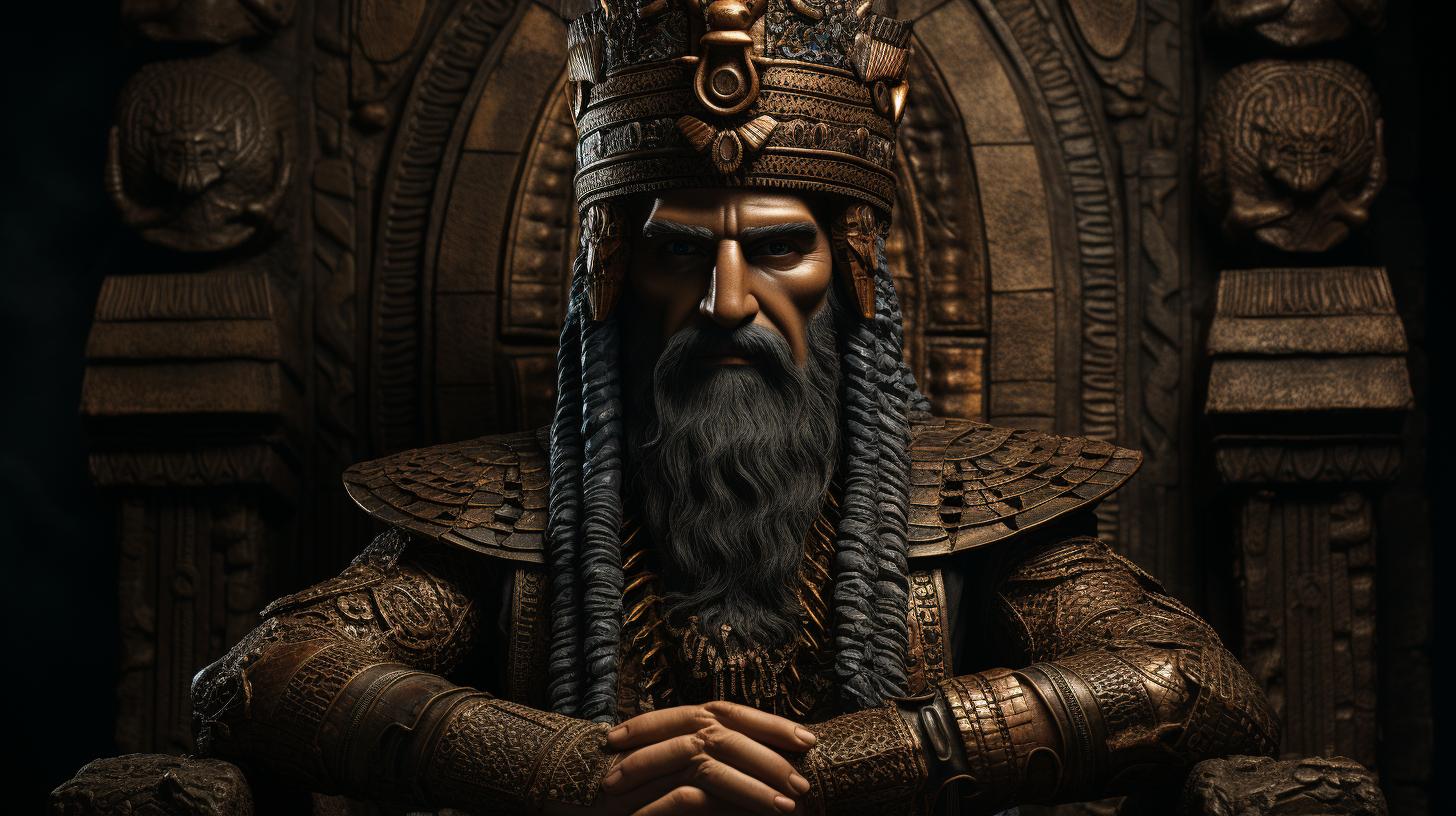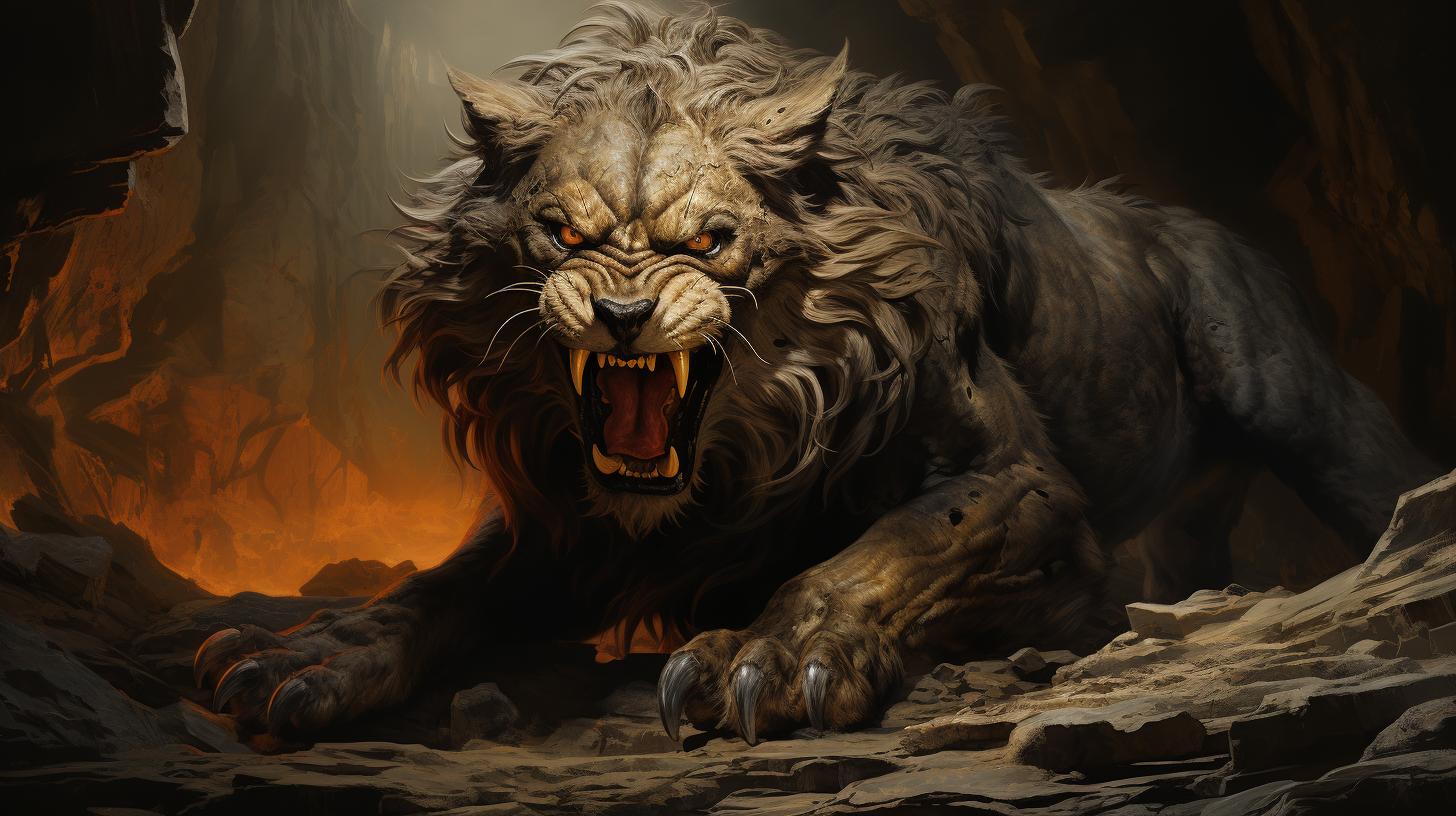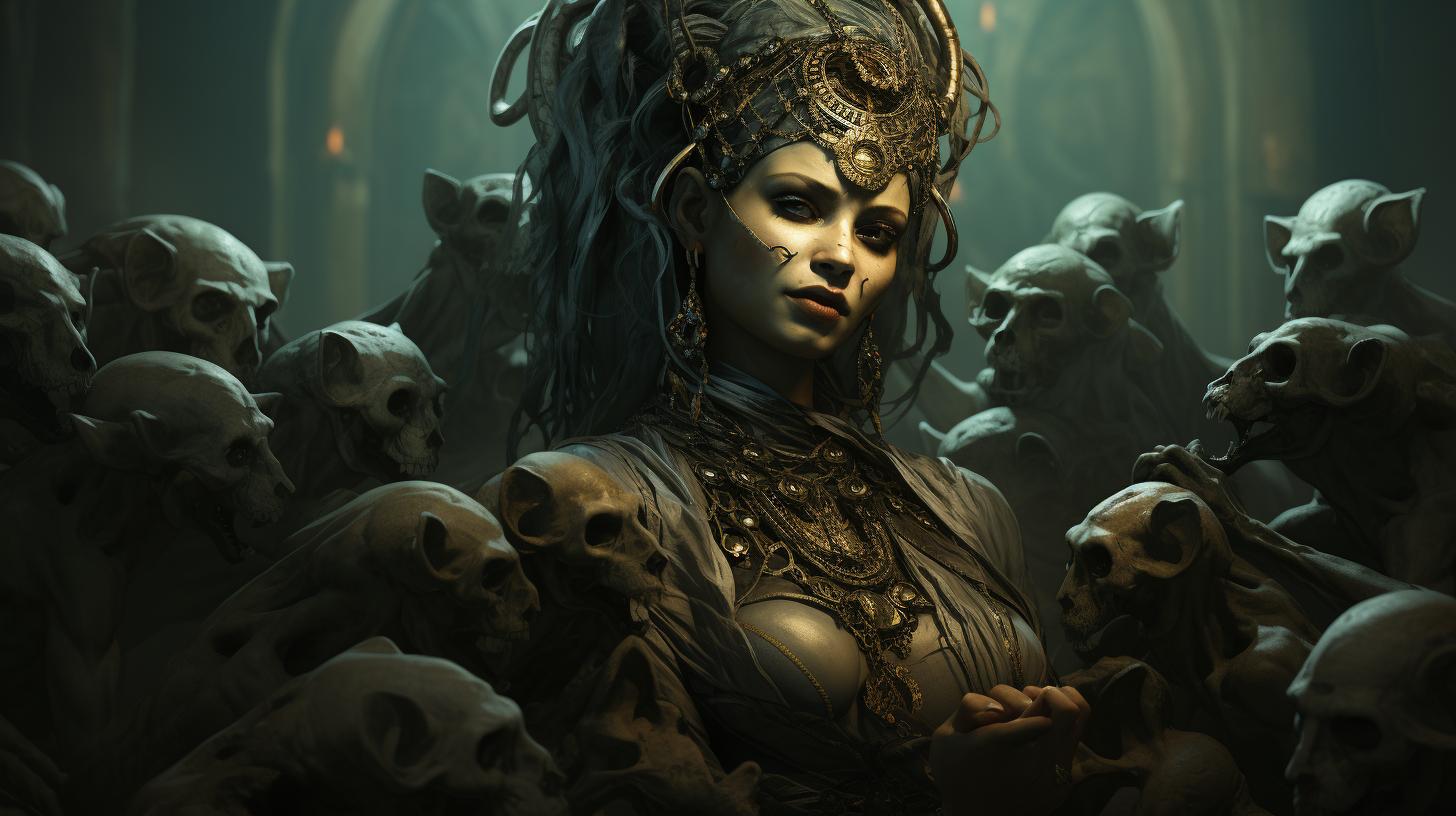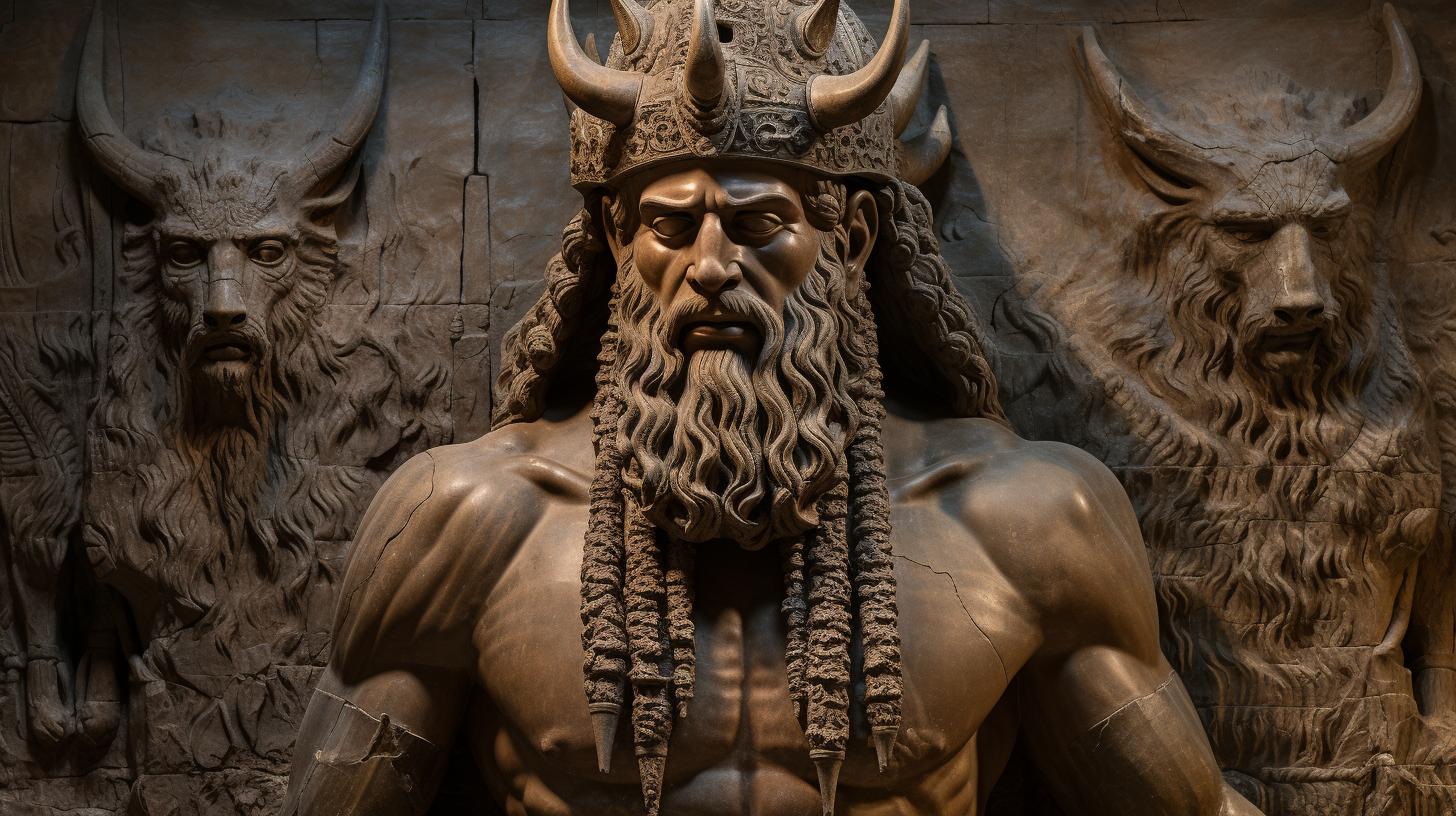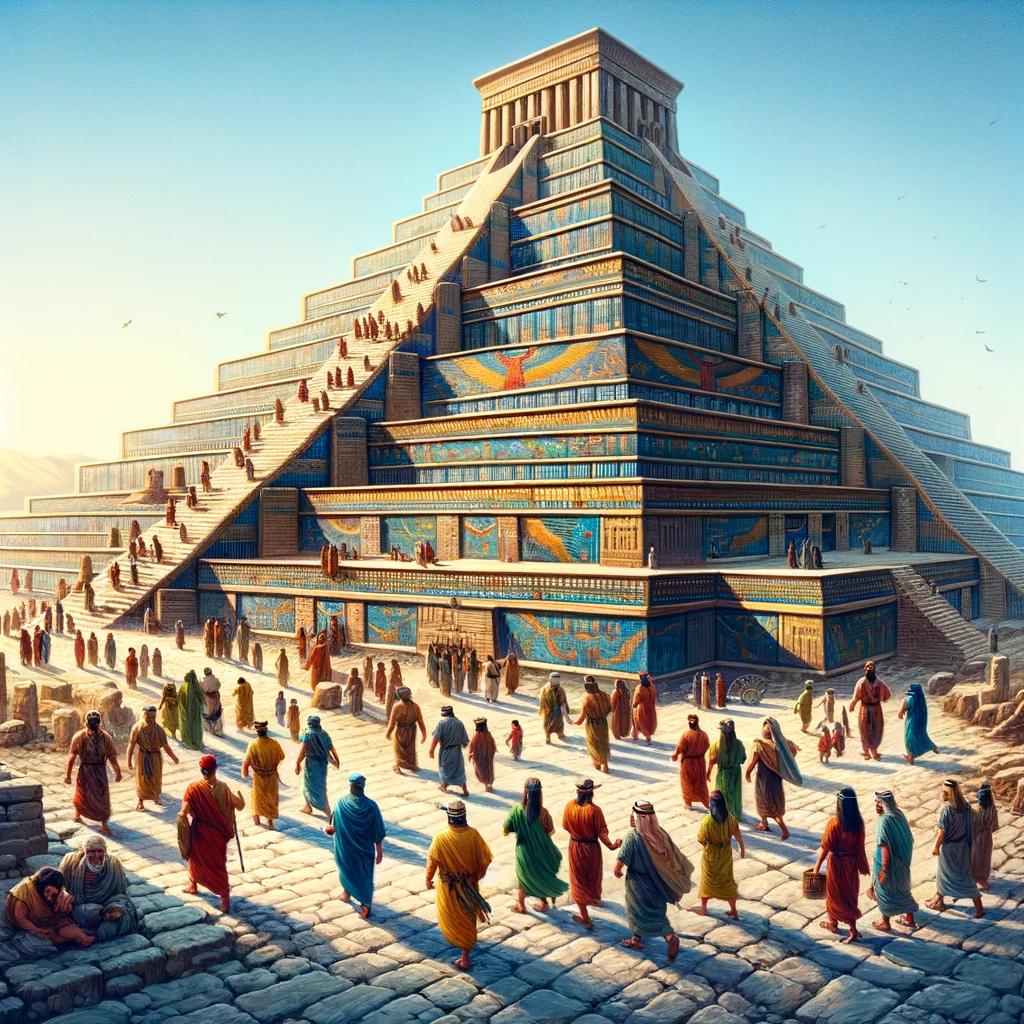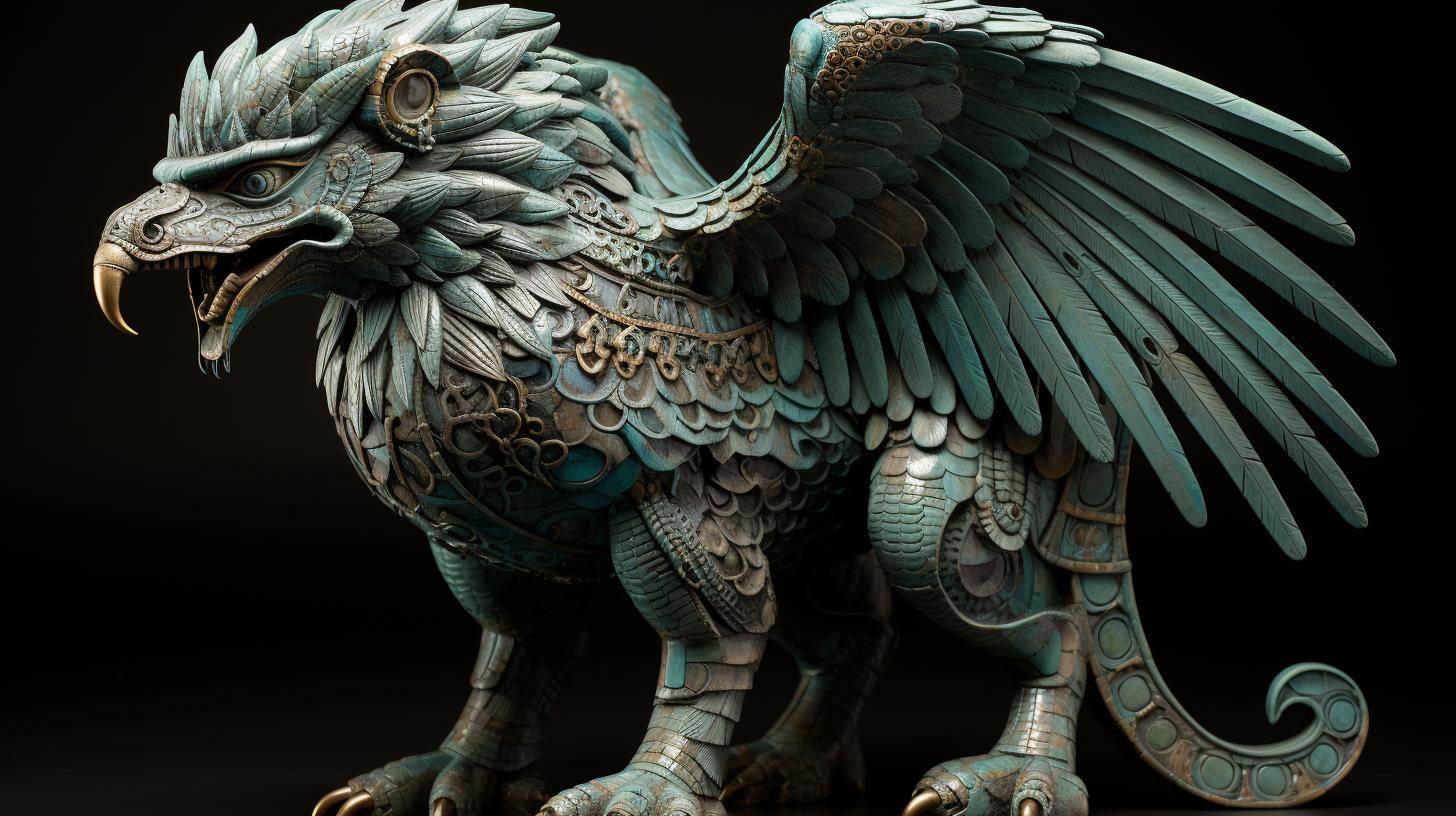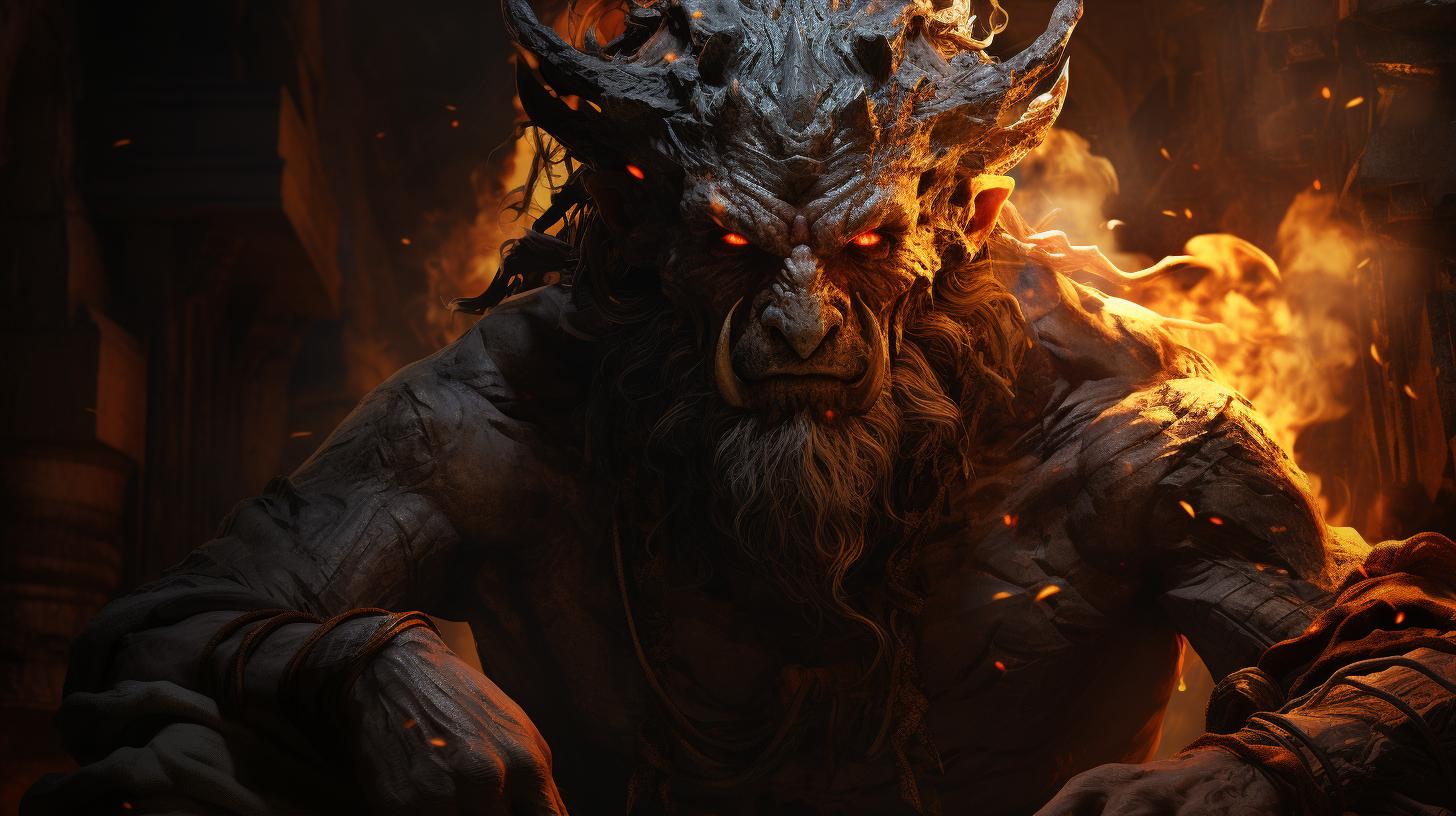Who is Asalluhi: Unraveling the Mystery of this Mesopotamian Deity
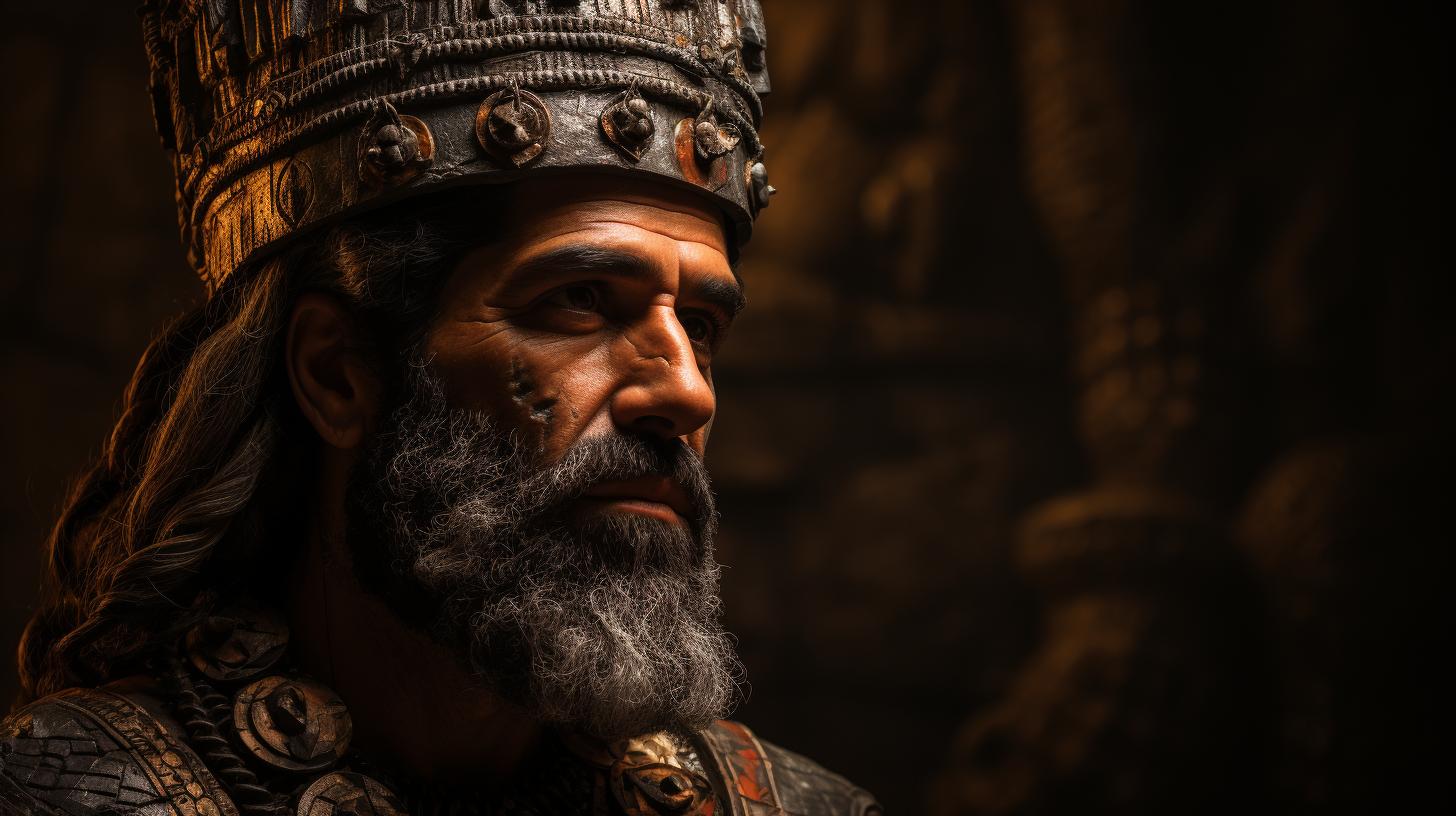
The deity Asalluhi is a fascinating figure in Mesopotamian mythology, known for his role in invocations and magic. Though his exact origins and meaning remain unclear, Asalluhi is believed to be the son of Enki/Ea, a mischievous god associated with wisdom and magic.
Asalluhi’s evolution from a storm god to a deity of invocations is a subject of speculation. This article explores the relationship between Asalluhi and Enki/Ea, as well as delving into the worship and reverence for Asalluhi in Kuara and other regions.
The Deity Asalluhi in Mesopotamian Mythology
The deity Asalluhi holds a significant place in the rich tapestry of Mesopotamian mythology. In this section, we will explore the origins and significance of Asalluhi, shedding light on the role this enigmatic deity played in ancient belief systems.
The Origins and Significance of Asalluhi
While the exact origins of Asalluhi remain uncertain, scholars have identified him as a deity associated with storms. Over time, however, Asalluhi’s significance transformed, centering around his role in invocations and magic.
The exact meaning of his name and his true nature continue to elude us, adding to the intrigue surrounding this deity.
Asalluhi’s Role in Invocation and Magic
Asalluhi emerged as a god closely linked to invocations, serving as the deity who called upon the attention of Enki, his divine parent. Through these invocations, Asalluhi addressed the existing troubles, seeking aid and guidance.
Furthermore, Asalluhi acted as an intermediary, presenting the afflicted individuals to Enki/Ea, facilitating their connection with the divine realm.
Asalluhi’s Relationship with Enki/Ea
As the son of Enki/Ea, Asalluhi shares a significant connection with this mischievous god of wisdom, magic, and incantations. Enki/Ea, residing in the ocean beneath the Earth’s surface, is not only one of the most powerful deities but also the creator and protector of humanity in Babylonian flood myths and the Epic of Gilgamesh. Asalluhi’s association with Enki/Ea deepens his importance and reveals the intricate familial dynamics within the Mesopotamian pantheon.
The Deity Enki/Ea: Creator and Protector in Mesopotamian Mythology
In Mesopotamian mythology, Enki/Ea is revered as a powerful deity associated with wisdom, magic, and protection. This section explores the multifaceted role of Enki/Ea in the cosmology of ancient Mesopotamia, delving into his association with the myths of the Babylonian Deluge and Gilgamesh, as well as his connection to exorcism and purification.
Enki/Ea: God of Wisdom and Magic
Enki/Ea is celebrated as a deity possessing vast wisdom and mastery over magic. He is often portrayed as a mischievous god who resides in the subterranean ocean and is responsible for the creation and preservation of humanity.
His divine knowledge encompasses various fields, including incantations, enchantments, and the secrets of the universe.
Enki/Ea’s Role in the Myths of Babylonian Deluge and Gilgamesh
In the Babylonian Deluge myth and the Epic of Gilgamesh, Enki/Ea plays a pivotal role as the wise god who aids humanity in times of crisis. He reveals the impending flood and instructs the righteous hero to build an ark, thus ensuring the survival of humankind.
Enki/Ea’s compassion and protective nature are evident in these narratives, solidifying his position as a benevolent creator and guardian.
Enki/Ea’s Association with Exorcism and Purification
Enki/Ea is intimately linked with the practice of exorcism and purification rituals. As the patron god of exorcists and cleaners, he bestows his power upon these devotees, empowering them to expel malevolent spirits and cleanse impurities.
Enki/Ea’s domain over the subterranean waters and his position as a protector make him an ideal deity to invoke in these sacred rites of cleansing and spiritual purification.
The Evolution of Asalluhi: From Storm God to God of Invocation
Asalluhi, an enigmatic deity in Mesopotamian mythology, underwent a transformation from a storm god to a prominent god of invocations.
This evolution is believed to have possible connections to other Sumerian gods such as Ishkur and Ninurta.
Asalluhi’s Possible Connection to Sumerian Gods Ishkur and Ninurta
There are speculations that Asalluhi, originally associated with storms, may have been linked to the Sumerian gods Ishkur and Ninurta. These storm deities were revered for their power over thunderstorms and rain, respectively.
The exact nature of the connection between Asalluhi and these gods remains uncertain, but their shared attributes suggest some influence.
Asalluhi as the Attention-Caller of Enki/Ea and Intermediary with Patients
In invocations, Asalluhi served as the deity responsible for capturing the attention of Enki/Ea, his divine father.
He played the role of an intermediary, presenting patients to Enki/Ea for healing and guidance. This position showcased Asalluhi’s importance in the divine order and his connection to the realm of invocations.
Asalluhi’s Assimilation into the Marduk Pantheon and the Enūma Eliš Myth
Over time, Asalluhi became absorbed into the Marduk pantheon, particularly during the ancient Babylonian period. In the Enūma Eliš myth, Asalluhi transitioned to become one of the fifty names of Marduk, solidifying Marduk’s supreme status as the highest god in the pantheon.
This assimilation further emphasized Asalluhi’s significance and influence in Mesopotamian religious beliefs.
Worship and Reverence for Asalluhi in Kuara and Beyond
The worship of Asalluhi held significant importance in the city of Kuara and extended beyond its borders.
Asalluhi’s Main Cult in the City of Kuara
The city of Kuara was the primary hub for the worship of Asalluhi. The people of Kuara held fervent devotion to the deity, honoring him through rituals, prayers, and offerings. Asalluhi’s main temple in Kuara served as a central place for religious gatherings and ceremonies, where devotees sought blessings, guidance, and protection from the deity.
Asalluhi’s Mention in Neo-Assyrian, Achaemenid, and Seleucid Periods
The reverence for Asalluhi extended beyond the city of Kuara, finding mention in various historical periods. During the Neo-Assyrian, Achaemenid, and Seleucid periods, Asalluhi’s cult continued to thrive and gained prominence in surrounding regions.
People from different areas sought solace and aid from Asalluhi, recognizing his role as an intermediary between humans and the divine realm.
Iconographic Representations and Alternative Names for Asalluhi
Although specific details regarding iconographic representations of Asalluhi are scarce, various works of art from the Mesopotamian era depict deities associated with invocation and magic, which might be interpreted as representations of Asalluhi.
Furthermore, alternative names or spellings for Asalluhi have not been notably recorded in the texts, indicating a consistent usage of the primary name throughout historical accounts.
- Asalluhi’s venerated status in Kuara
- Continued worship during Neo-Assyrian, Achaemenid, and Seleucid periods
- Limited information on iconographic representations
- No recorded alternative names or spellings
.

